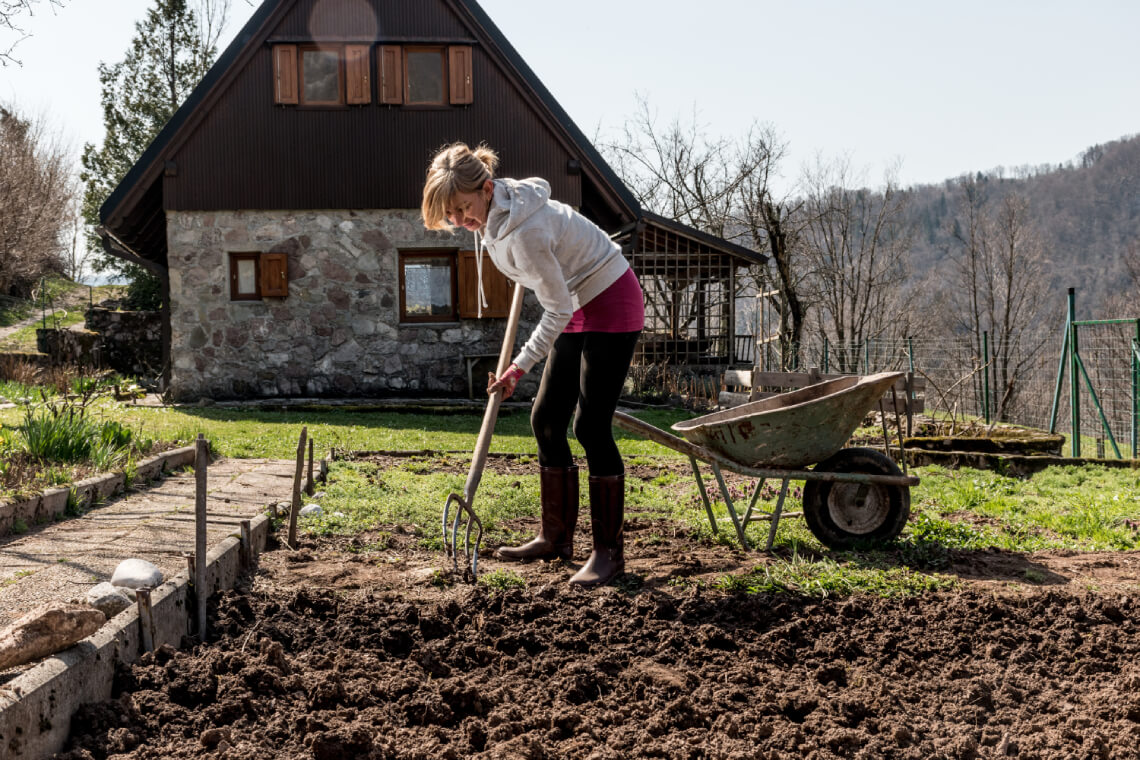Prepare Your Garden Beds For Spring
Tips On How To Prepare Your Garden Beds For Spring
Spring is a magical time. Plants that have lain dormant all winter start to come back to life, sending out new buds and shoots as they bask in the warmth of the spring sun. The days are longer and the sun is higher in the sky, creating a sense of anticipation for the warm weather to come.
With all of this taking place, it is no wonder that people get spring fever. For gardeners, this time of the year is particularly exciting since planting season is just around the corner. It is the perfect time to start thinking about how to prepare your garden beds for spring.
If you want to have a beautiful garden this year, proper preparation is essential. By getting the soil ready for your new plants, they stand a much better chance of growing and thriving. Consider incorporating all of the following steps into your spring gardening routine. This is the best way to make sure that your garden beds are ready for planting.
1. Remove dead plants and debris
Over the course of the winter, a lot of debris can accumulate in your garden beds. From leaves and branches that have fallen off of nearby trees to old plants from the previous year, you may need to dig through a lot of debris before you reach the soil.
With all of this debris in the way, planting is practically impossible. Before you can even think about adding plants to your garden beds, you need to clean them up. Use a rake to get rid of any loose debris like twigs, branches, and leaves. If you have a compost pile, you can add all of these items to the pile. Otherwise, take them to your local yard waste recycling facility.
Pull up or trim back any dead plants from the previous year. The goal is to expose all of the soil so that it can easily be planted.
2. Turn the soil.
Soil becomes compacted over time – especially after being exposed to rain and snow throughout the winter season. Turning it helps to aerate the soil, which provides a number of benefits.
Proper aeration helps improve airflow through the soil. This keeps carbon dioxide from building up around the roots of the plant, making it easier for them to grow. Loosening the soil also introduces more oxygen, creating an environment that is beneficial for tiny microorganisms that help plants grow.
Another benefit of aeration is that it helps minimize the buildup of toxins in the soil, resulting in healthier, happier plants. It also makes it easier for the plants to get the water and nutrients that they need.
Use a shovel to turn the soil to a depth of at least three or four inches. Break up any clumps and remove rocks or other debris.
3. Mix in compost
Adding compost to the soil provides essential nutrients, creating a healthier growing environment for plants. Spread the compost on the soil at least a few weeks before you plant the beds.
Consider having the soil tested, as well. You can take a sample to your county extension office for testing. This will let you know if you need to use fertilizer to add nutrients or alter the pH of the soil.
4. Apply mulch
The last step in the process is to apply mulch to your garden beds. Mulch helps the soil retain moisture and also makes it harder for weeds to grow. That means that you will need to use less water and spend less time weeding.
If your garden beds contain shrubs or perennials, you can mulch right away. Otherwise, wait until the plants are in place to add the mulch.
Learning how to prepare your garden beds for spring can make a big difference in the overall success of your gardening efforts. When the soil is properly prepared, your plants are a lot more likely to thrive. Taking steps like removing debris, turning the soil, adding compost, and mulching can all go a long way toward helping you create a beautiful garden. Even though it takes a little bit of effort, the final results make the time and effort that you put into preparation worthwhile.

